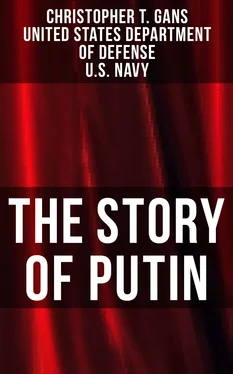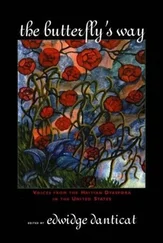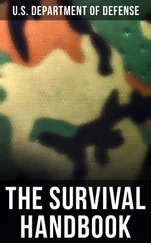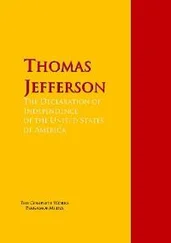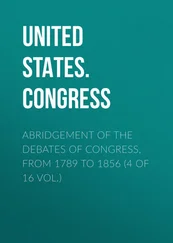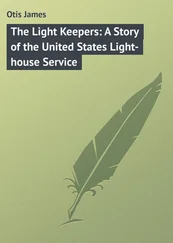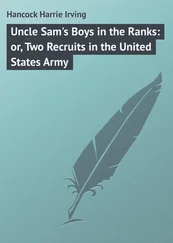Table of Contents
Vladimir Putin has never hidden his general disdain for Cold War era security institutions, especially the North Atlantic Treaty Organization, which was organized as a counter to Stalinist Soviet aggression. Vladimir Putin has continually affirmed that NATO’s time of relevance should have died when the Red Flag came down over the Kremlin. The institution’s continued existence, therefore, remains a root of contention between Russia and the West, especially the United States, given the observation that America remains the dominant motivator within NATO. Though not officially an antagonist to Russia, the dominant Soviet successor state, NATO’s declared positions and actions during the decade immediately after the end of the Cold War helped exacerbated Putin’s and Russia’s apprehensions, apprehensions which also stem from a Cold War/KGB cognitive predisposition as discussed previously.
The 1990s would proceed and result in a legacy of tension and downright slighting of Russia at the hands of NATO. Perceived snubbing of Russia did not help in calming tensions. NATO routinely voiced support for NATO-Russian cooperation and coordination under Yeltsin, but equally consistently negated any Russian moves for true equal-partner status in settling issues pertinent to both parties. With the signing of the Founding Act in 1997 between NATO and then Russian President Yeltsin, Russian participation in NATO decision making through the new Permanent Joint Council failed to live up to the expectations many had envisioned. Though Russia had been granted a seat at the table, that table was not always in the same room where the substantive discussions were occurring. The Russian delegation to NATO, though granted ambassadorial status, was not allowed to reside at NATO headquarters, nor given universal access to NATO meetings, nor vote or veto any NATO decision making. 1A senior State Department official summed up the PJC relationship well: “…the PJC is a consultative mechanism…It does not mean a situation in which you are obliged to negotiate.” 2With America, the dominant NATO member, allegedly dismissing the PJC as a venue only for semantic exercise and Russia denied any real power within it, this first attempt at improved NATO-Russian relations could, therefore, be easily witnessed as an affront by NATO and the United States against Russia.
Intertwined within the issue of prospective NATO-Russian partnership were tensions over the proposed expansion of NATO into Central and Eastern Europe. In the fledgling years of Yeltsin’s Russia, a pleasant relationship developed between the new Russian president and U.S. President Clinton. Yeltsin, rightly or wrongly, interpreted signals from the Clinton Administration in 1993 that implied an American willingness to accede to Russian involvement in Russia’s “near abroad” just like U.S. hegemony in the Western Hemisphere. America allegedly granted the Russian Federation a sphere of influence within the former Soviet space. Such an unofficial agreement between the two leaders, with Yeltsin easing his opposition to NATO expansion in exchange for America’s, and thereby NATO’s, acceptance of Russian designs in Eurasia failed to materialize. By 1995, the United States had reverted from a conciliatory Russian foreign policy and called for NATO expansion regardless of Yeltsin’s protests. 3NATO and the United States had snubbed Russia and Yeltsin over the issue of NATO expansion once, only to be repeated again. The Russian government, under Yeltsin, tacitly acquiesced to NATO’s expansion plans into Eastern and Central Europe in 1997 in exchange for what they hoped and assumed would be a seat at the table in the form of the PJC as discussed above. The envisioned partnership for Russia, however, failed to come to true fruition, while NATO’s desired membership boom proceeded after the Madrid Summit of that same year with Poland, Czechoslovakia, and Hungary all joining the alliance. 4Russia had been slighted yet again over the issue of NATO expansion.
Hard liners in Russia found their fears vindicated when some U.S. Cold Warriors, like Henry Kissinger, asserted that NATO enlargement during the 1990s should proceed quickly not to hasten democratic development in Europe or prepare for totalitarian resurgence in Russia, but rather exploit Russia’s weaknesses and gain a supreme geostrategic position on the continent. 5Anti-NATO Russians, like Putin, could thereby claim that NATO enlargement had been and will continue to be an affront against Russia, to threaten the Federation just like it had done to the Soviet Union.
1Mark Weber, James Sperling, and Martin Smith, NATO’s Post-Cold War Trajectory: Decline or Regeneration? (New York: Palgrave Macmillan, 2012), 129.
2Ibid., 130.
3Ibid., 127.
4Ibid., 128, 130.
5Raymond Garthoff, "NATO and Russia," The Brookings Review 15, no. 2 (Spring 1997): 10.
Table of Contents
As NATO expanded ever closer to the Russian homeland, the Yeltsin years also bore witness to a NATO willing to engage in alleged unilateral uses of force on the international scene, specifically in Southeast Europe during the Balkan wars spanning the 1990s. In his 2000 autobiography referencing both Kosovo and Chechnya, Putin adamantly refutes the right of any state to intercede in the internal affairs of another state, in violation of international law, even if under humanitarian auspices. 1Regarding NATO, or any Western-coalition-based organization, Putin, in his infamous Munich Speech in 2007, declared it unjust for any pre-emptive military action to occur against a sovereign state without the United Nation’s consent, a body that Russia has considerable leverage in. “The use of force can only be considered legitimate if the decision is sanctioned by the UN. And we do not need to substitute NATO or the EU for the UN.” 2Rather unsubtly, Putin intimates that Russia should have had a say and should continue to have a say in any use of force around the globe and that NATO or NATO-member states (i.e., the United States) acting otherwise cannot occur.
Russia, with Putin in the background, observed multiple non-UN mandated uses of force in the 1990s, especially in the Balkans. During the Bosnian crisis of 1993 — 1995, Russian intransigence persisted within the United Nations Security Council regarding expanding the UN mandate to employ military force against the Bosnian Serbs. The impetus for a military halt to the Bosnian genocide therefore shifted to NATO, which initiated armed action against the Serbs in 1995 absent further UN (i.e. Russian) authorization. 3Four years later, NATO action against Slobodan Milosevic’s Yugoslavia during the Kosovo crisis serves as the quintessential case of NATO aggression absent international mandate. Once again, Yeltsin’s Russia’s obstruction within the UN Security Council compelled NATO to assume the mantle of primary decision making organization on the Kosovo issue. 4The Yeltsin government considered NATO’s effort a unilateral attack against a sovereign state that had not attacked a NATO member. NATO’s reassurances that the alliance remained a purely defensive entity had been dashed. 5
NATO had now effectively usurped the United Nations as the primary peacekeeping organization and “substitute” for the UN as Euro-region political arbiter. 6Russian attempts to admonish NATO for their unilateral action within the international community fell flat. A Russian-submitted UN Security Council resolution declaring Operation Allied Force (NATO’s Kosovo action) unlawful received only three supporting votes, two of them Russia’s and China’s. 7Russia’s power-grip and influence within the UN was now moot in light of a new U.S. dominated NATO willing to bypass the Security Council. Russia, nevertheless, continued to exercise its muscle within the UN in the aftermath. They ensured that any subsequent Kosovo-related resolutions never even faintly contained wording that could be construed as the international body condoning the NATO armed action. Only references to alleviating human suffering within common international laws pertaining to humanitarian interventions could pass the Security Council. 8Putin extensively details the late 1990s Balkan turmoil and the NATO action against Serbia over Kosovo as a rallying cry of anti-NATO/anti-Western sentiment within Russia, given how his country was not treated as an “equal partner.” 9
Читать дальше
